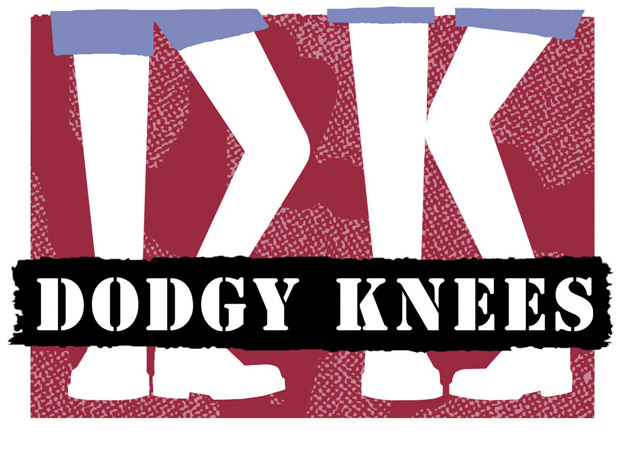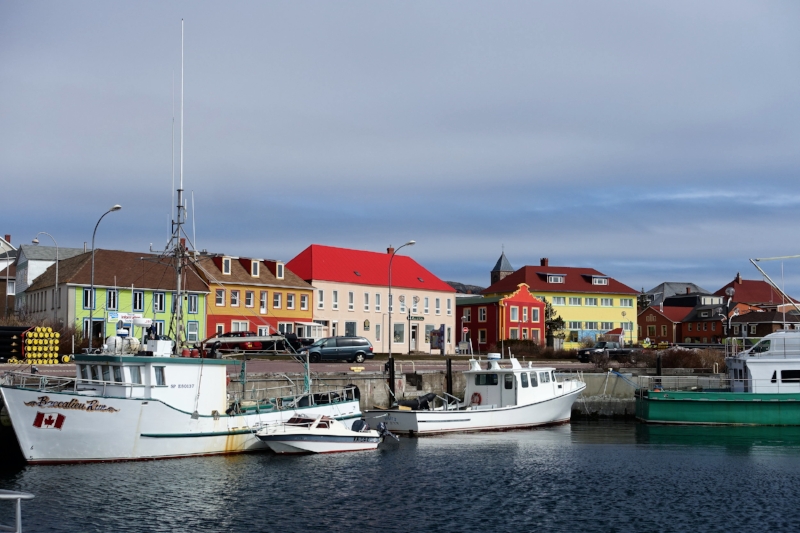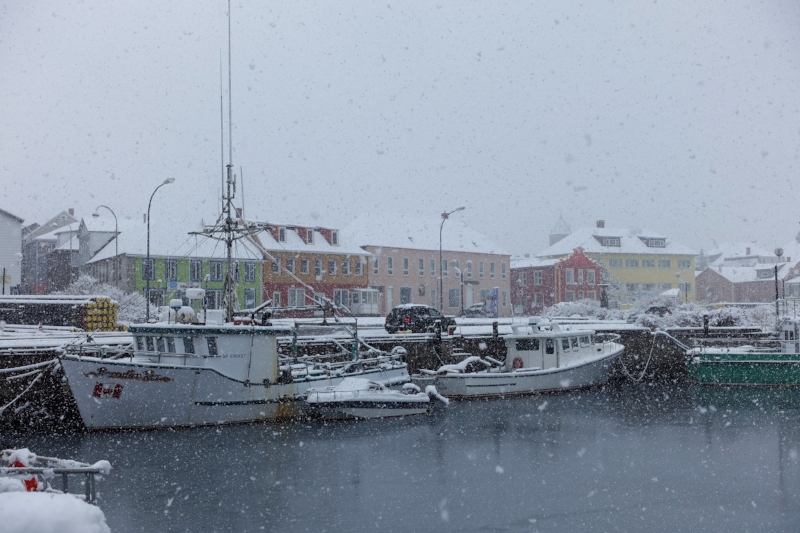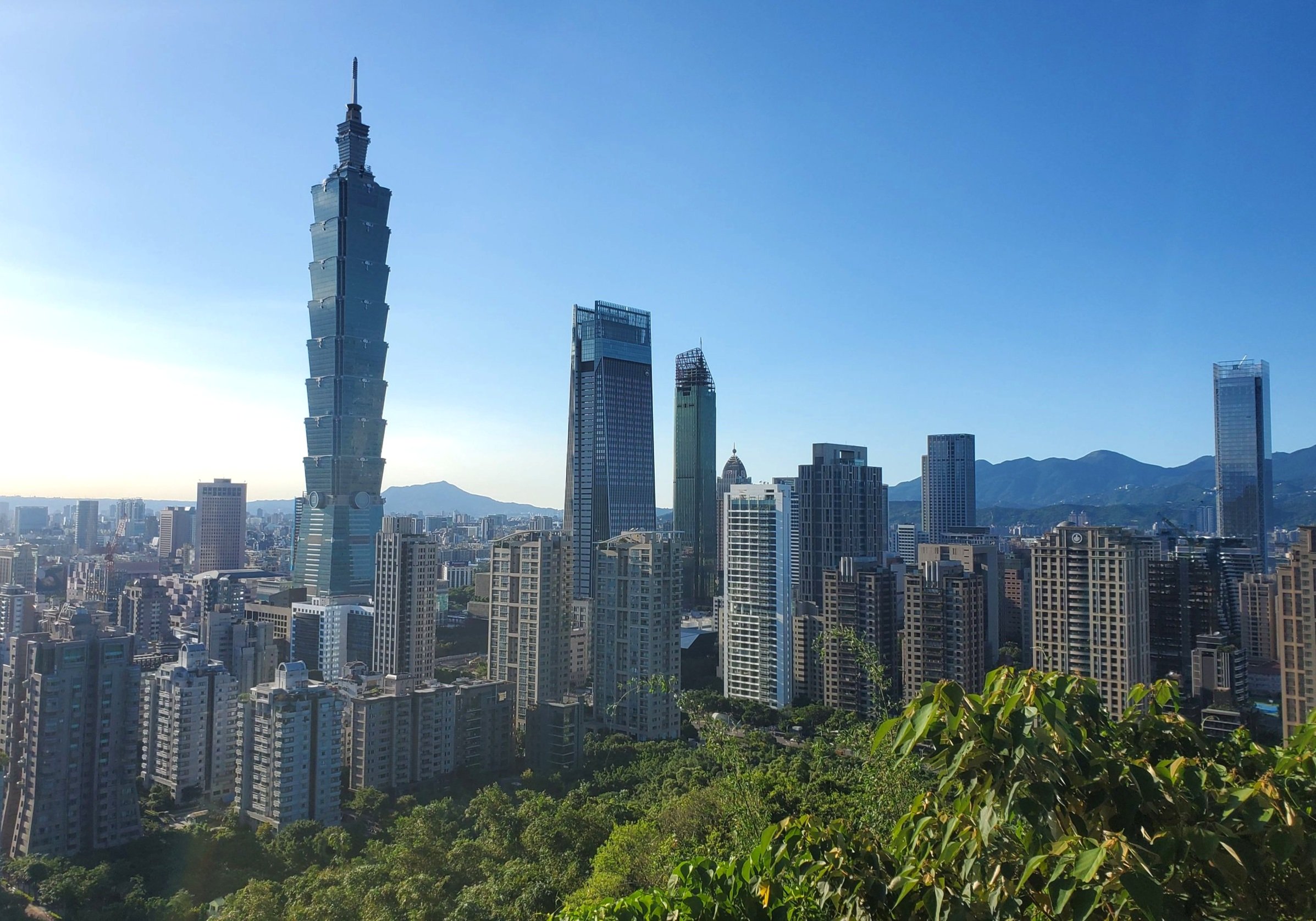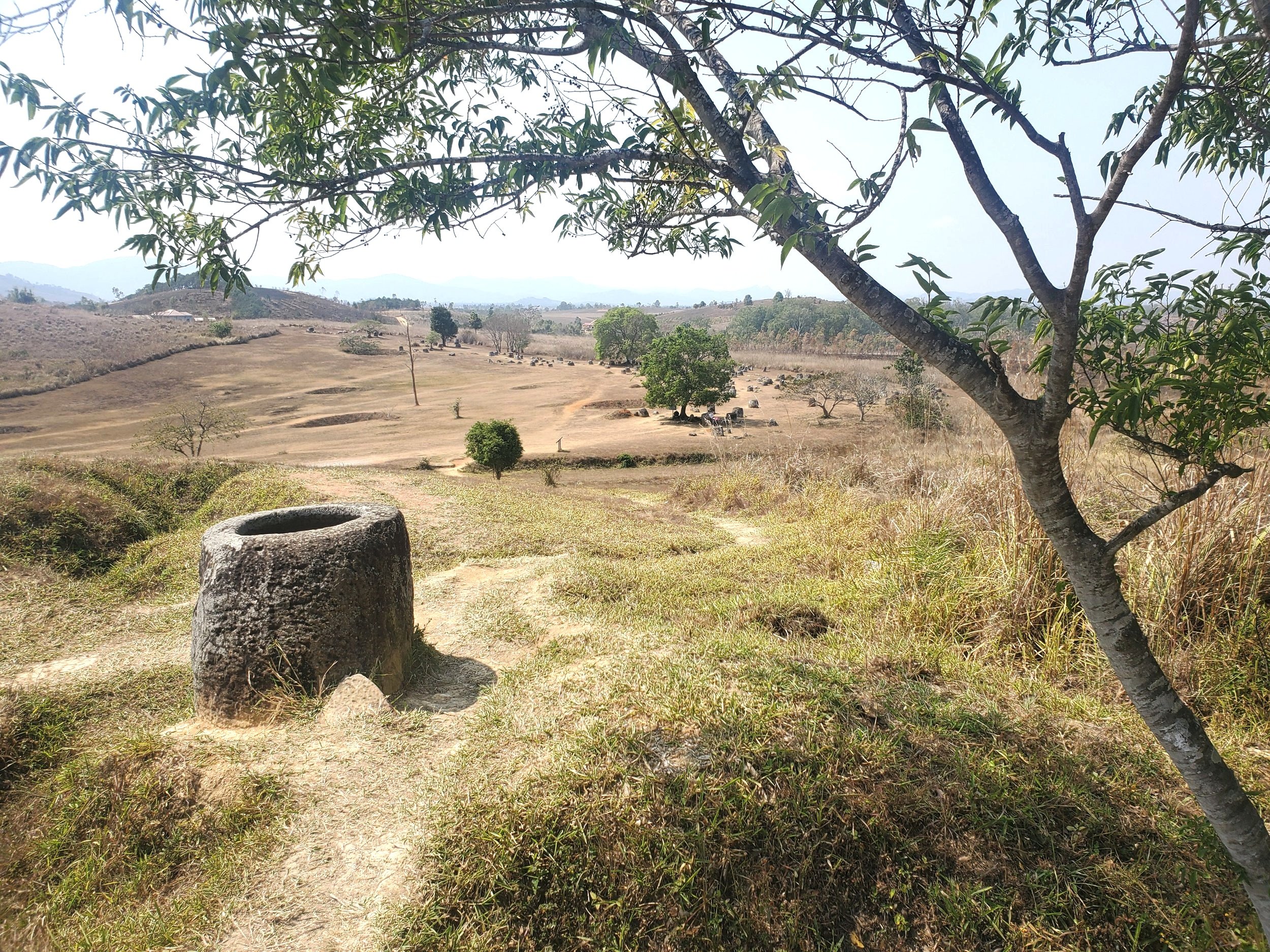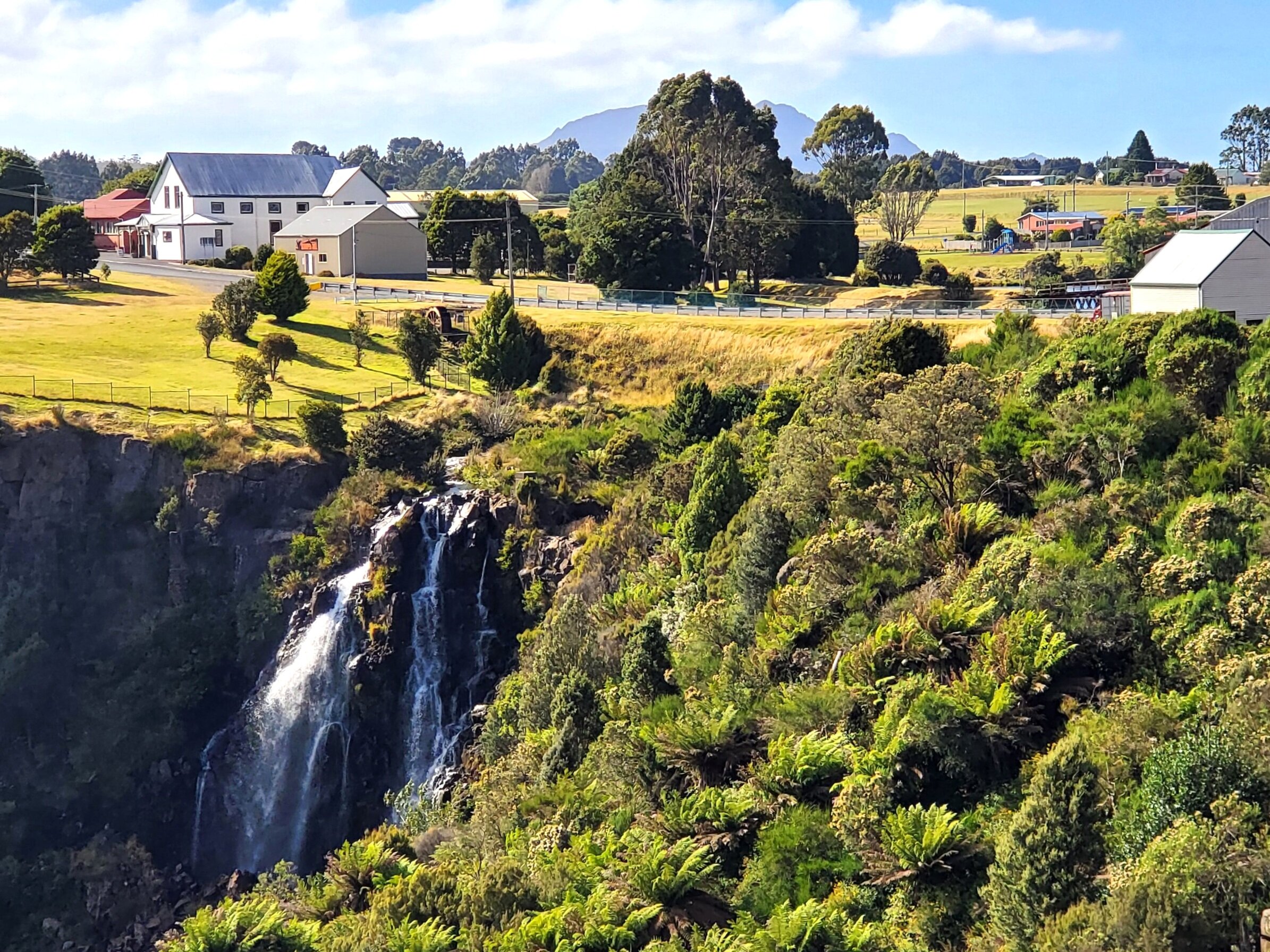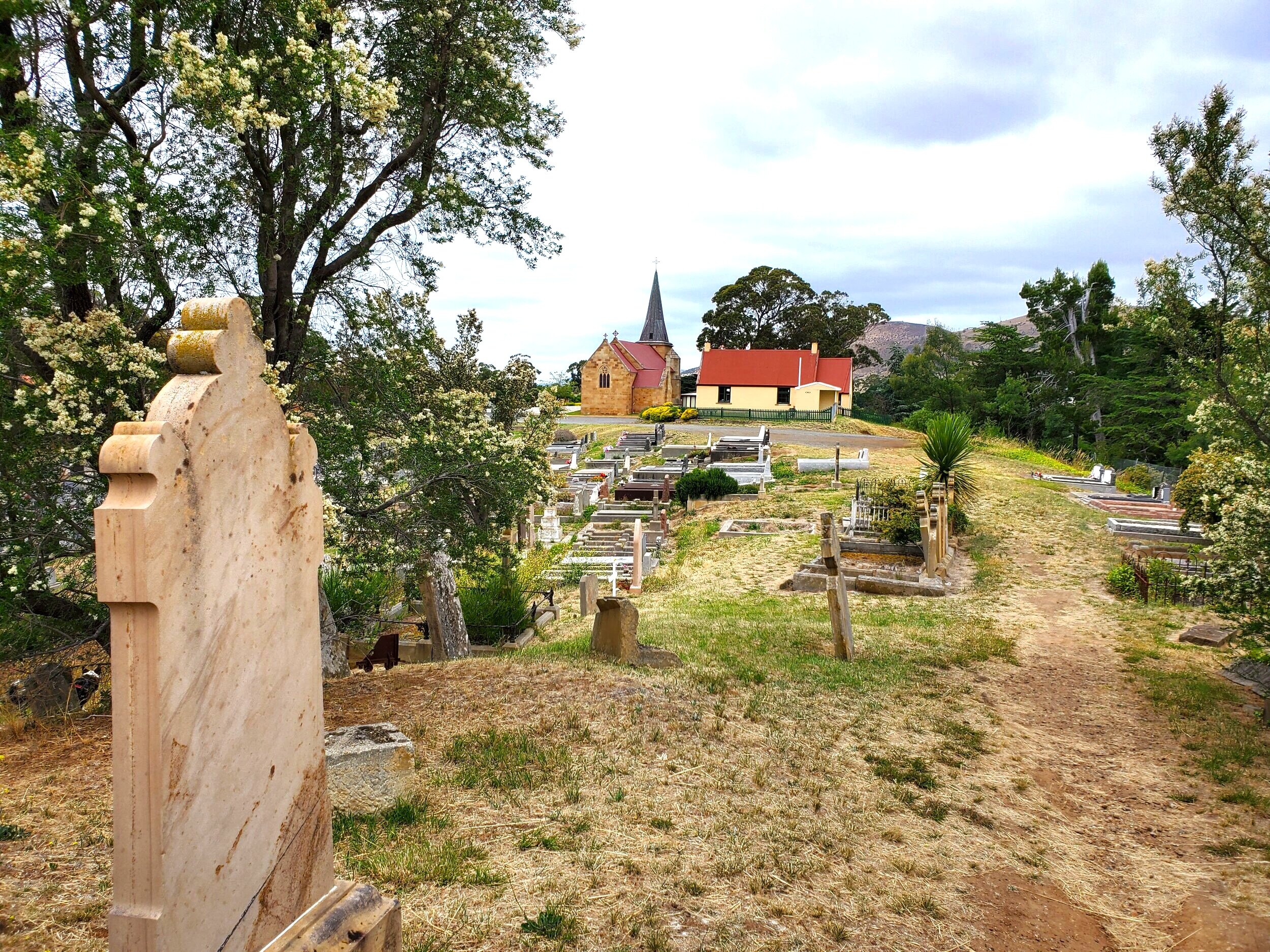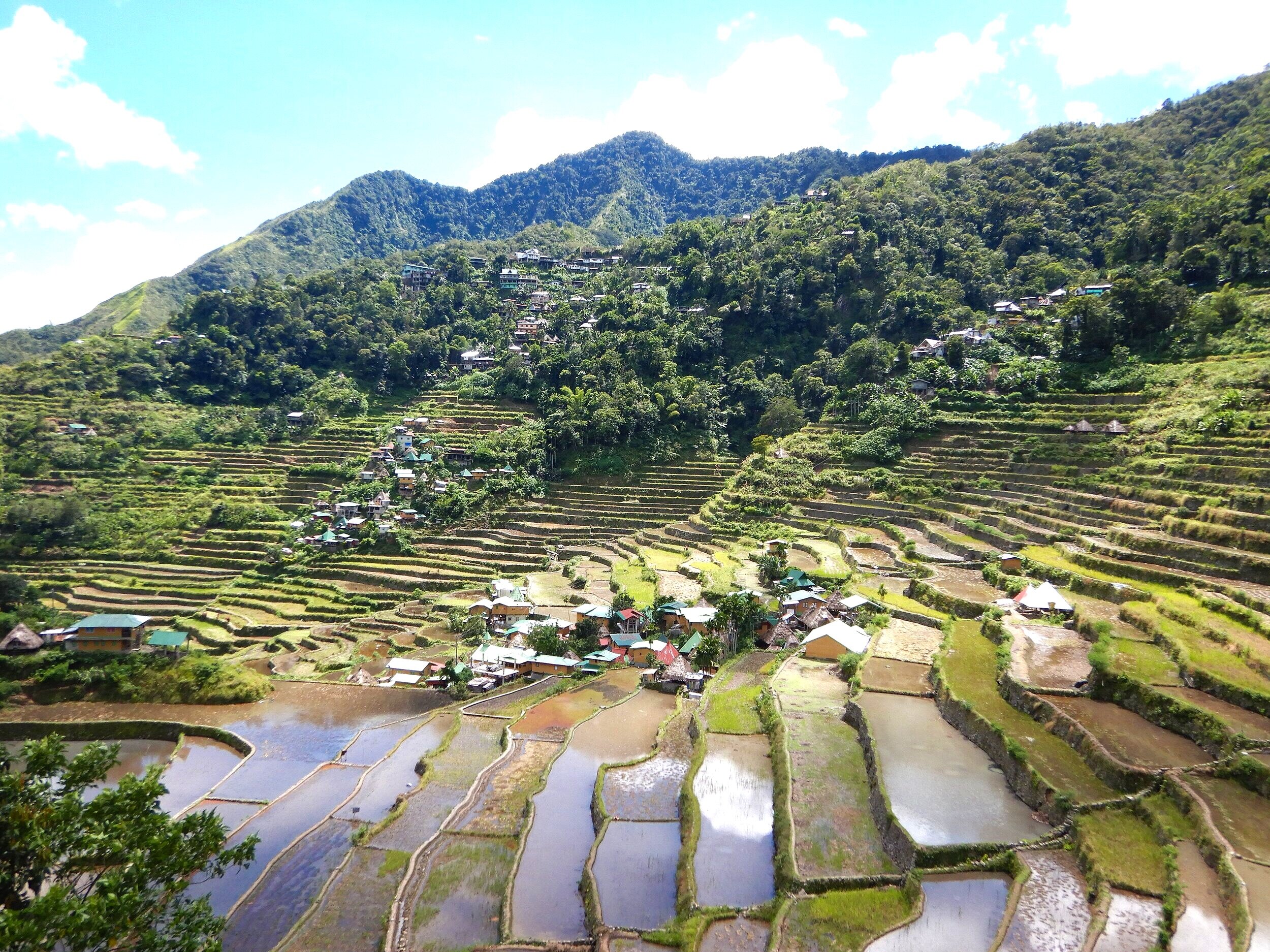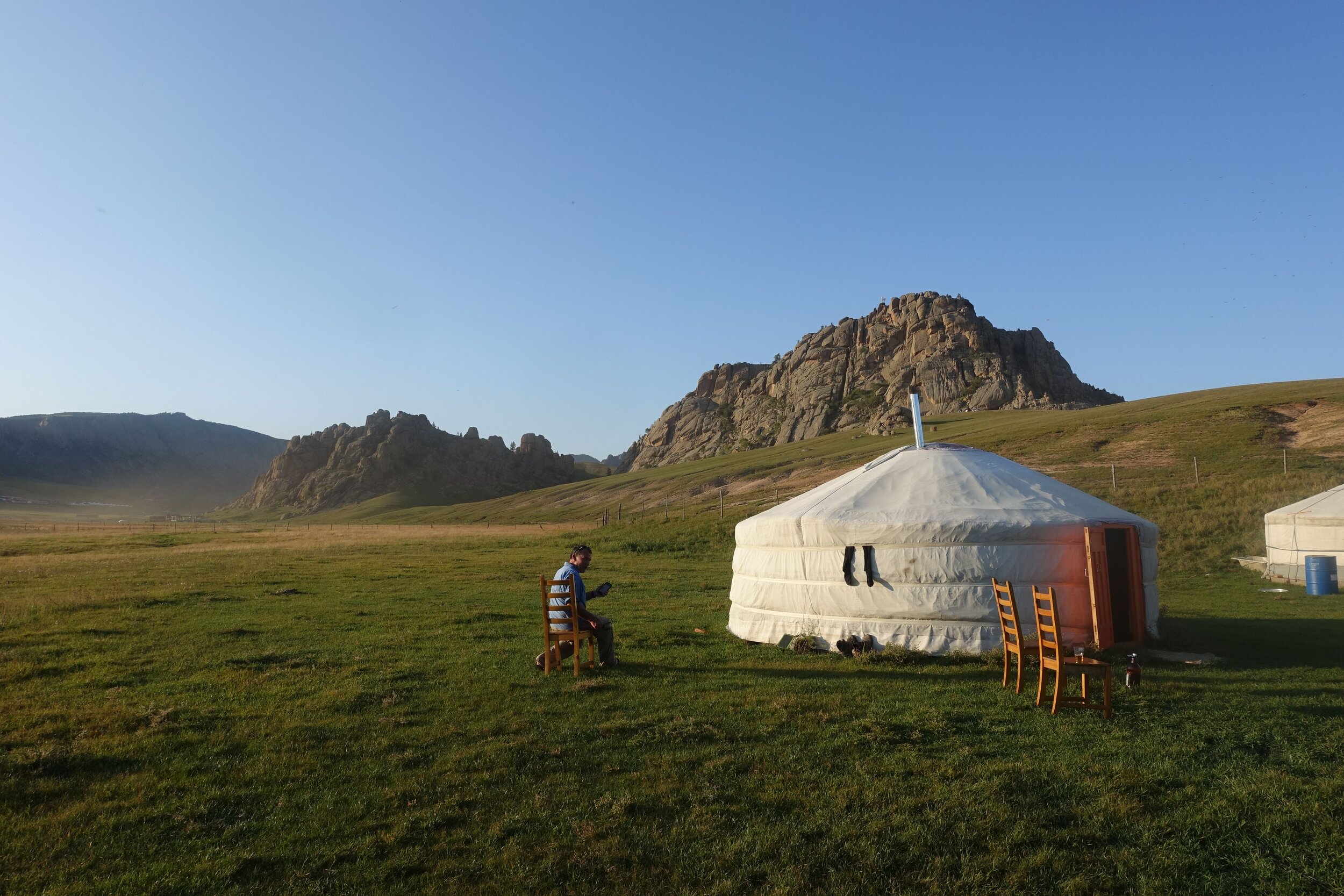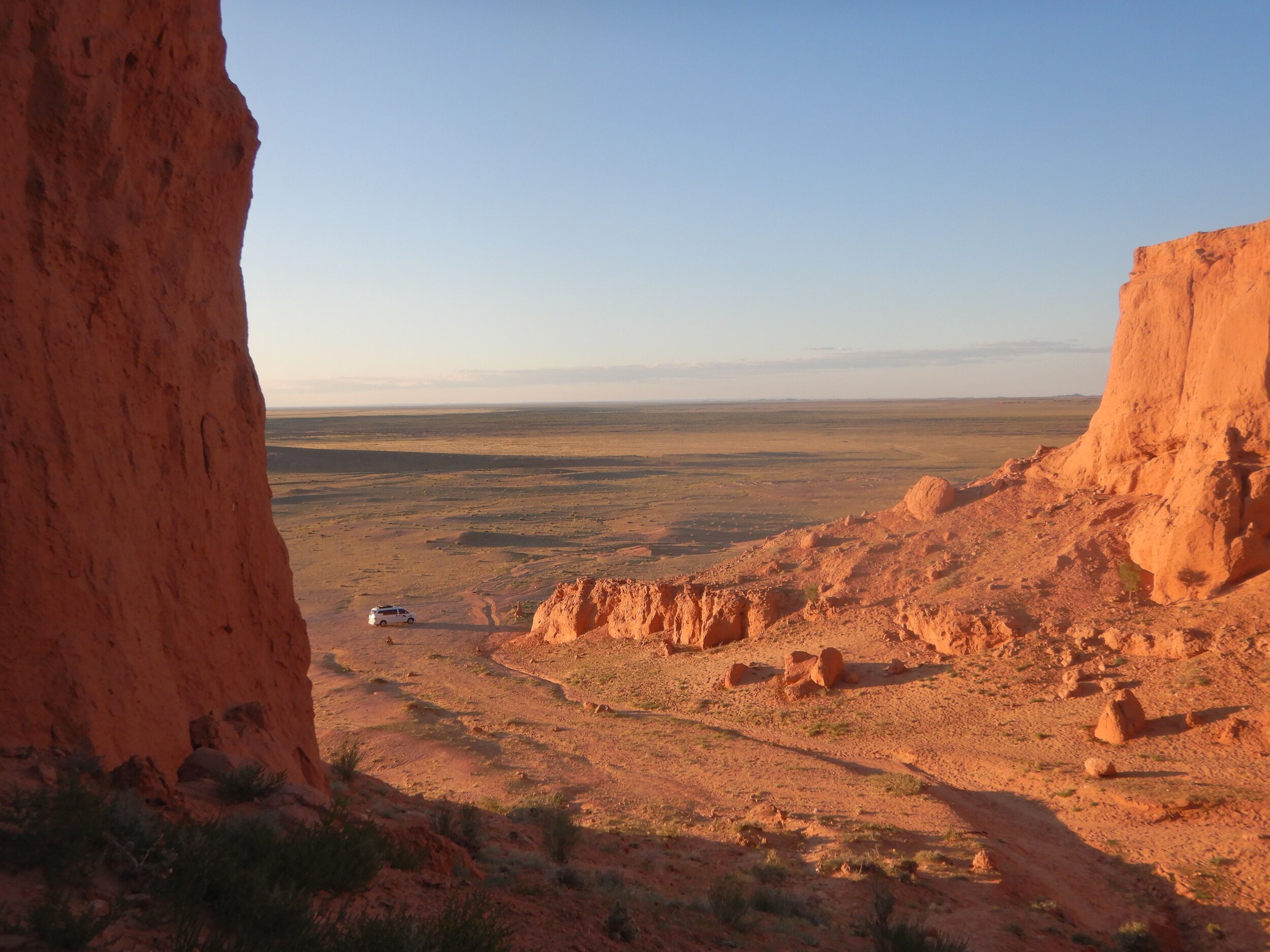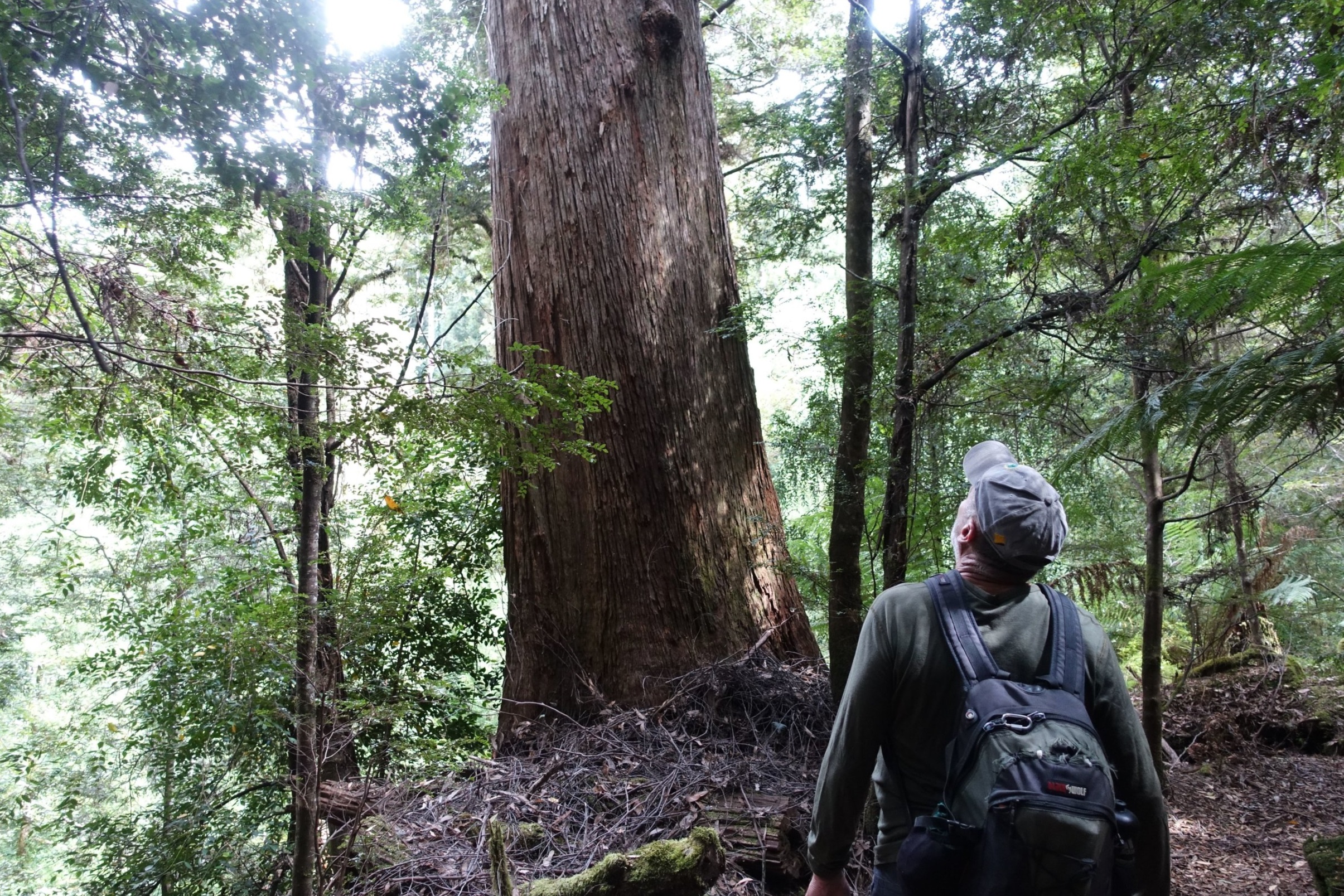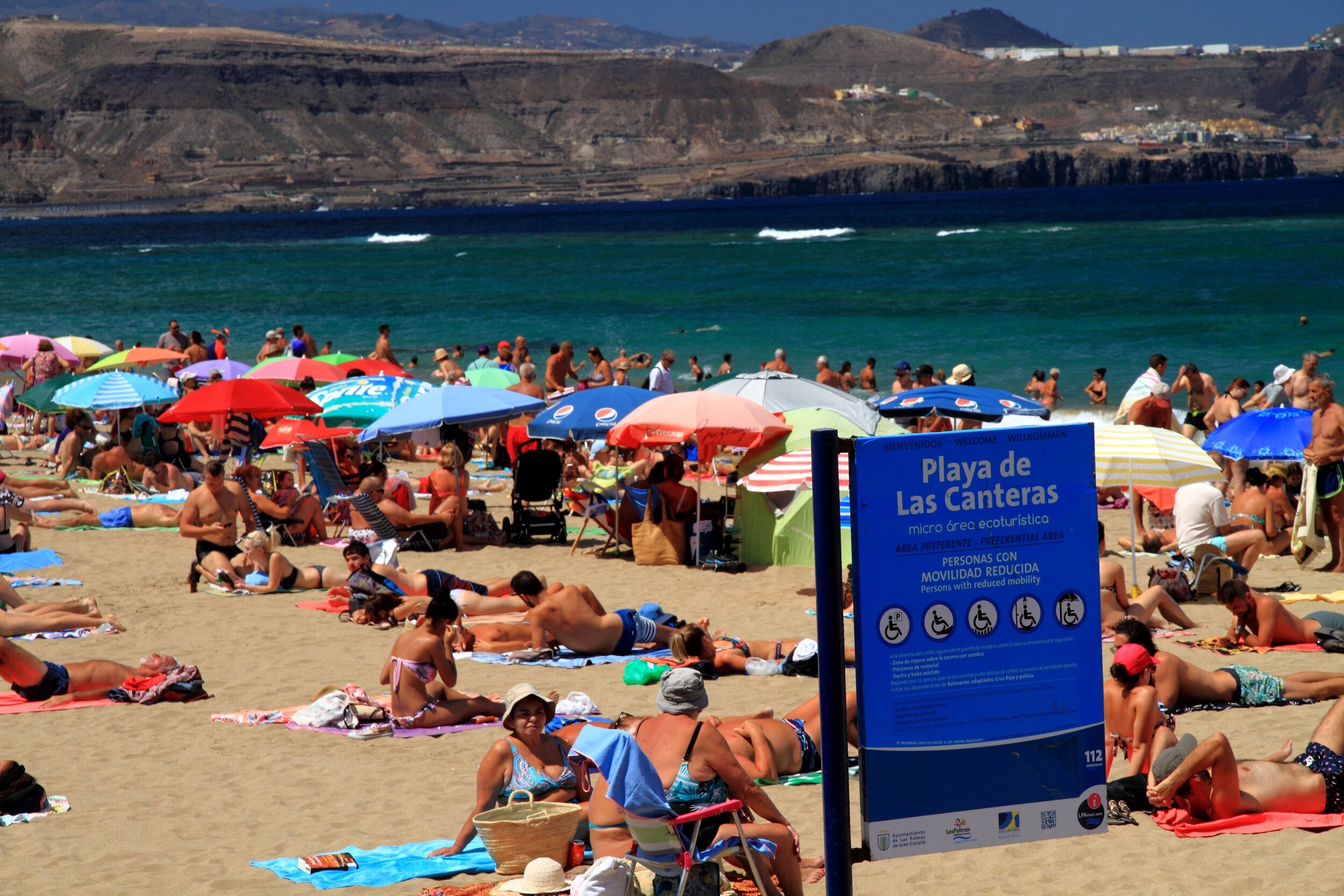A Pilgrimage to St. Pierre et Miquelon
/Introduction
Geography quiz question: What four countries make up the North American continent? What’s that you say – there are only three: USA, Canada and Mexico. So, what is the fourth? The answer is France. Yes, France.
In 1763, after the British had defeated the French to take control of what is today Canada they ceded a small archipelago of islands off the Newfoundland coast to France. These are St Pierre et Miquelon. Continued fighting between the British and French led to the Brits taking the islands back on several occasions and deporting the French occupants. But after the defeat of Napoleon in 1815 the French were left alone and they have continued to live peacefully alongside their Canadian neighbours for over 200 years.
Today St Pierre et Miquelon is a little piece of France in North America. It is a self-governing overseas territory of 7,000 people. The currency is the euro, the language is French and the baguettes are authentic. More on St Pierre et Miquelon, but first a bit about how we got there and why we went.
house st pierre
As an avid stamp collector as a boy I had stamps from all over the world, including a couple marked St. Pierre et Miquelon. I assumed it was probably a French colony in Africa, as there were lots of those up until the 60’s/70’s, but when I got the atlas out I found that it was in fact a small group of islands off the east coast of Canada, Newfoundland to be precise.
A little later I read a National Geographic article about this tiny geo-political anachronism whose main industry was fishing in the cold waters of the North Atlantic. I decided then that one day I would visit. Fast forward too many years that I care to count and we are planning how we will spend 2 weeks exploring some of Eastern Canada. To me this primarily meant a visit to St Pierre et Miquelon (SPM) with a few other interesting sights along the way. Cally, to her credit, agreed to go along with an SPM-centric itinerary that I devised, despite not having the same over-riding desire to visit this obscure destination.
So, we arranged to pick up a hire car in Montreal for 2 weeks and this is how we went about our pilgrimage to SPM. There’s a map at the end if you want to see the route.
Montreal
apartments, montreal
We spent a beautiful spring day exploring Montreal, walking for hours.
the port area with its artifical beach and clock tower
We started in Vieux-Montreal, the oldest part of the city which includes the port area.
montreal's statue of nelson in the place jacques-cartier,, old city
We then headed downtown where there was plenty to see.
the 'lipstick forest' in the montreal convention centre
It was Easter Good Friday so a lot of the museums and galleries were closed but there was still lots of attractions.
street sculpture - the illuminated crowd by ramon mason
Eventually we headed to the city’s high point in Parc du Mont Royale for good views of the metropolis.
montreal from parc du mont royale
Quebec City
the skyline of old quebec city is dominated by the chateau frontenac hotel
Quebec City is 250km east of Montreal. It is North America’s only walled city, with its French founding dating back to 1608, though, like so many European colonies, there were long established communities of native peoples living in the region for thousands of years prior to the arrival of the Europeans.
basse-ville
Quebec City is strongly francophone with 90% of its 750,000 people speaking French as their first language. And it has a very European feel to the city. The historic part of the city, Vieux-Quebec (Old Quebec) is a UNESCO World Heritage Site. It is divided into Basse-Ville (Lower Town) and Haute-Ville (Upper Town).
the funicular
If you don’t want to walk from the lower to the upper there is a funicular railway that will take you the short distance.
local resident checking out the tourists
We discovered, when looking for accommodation, that it was quite expensive in the Vieux-Quebec, possibly because it was the latter part of the Easter holidays. But we found a nice, slightly quirky, guesthouse at Levis, across the river from Vieux-Quebec. A ferry does the 20 minute crossing every half hour for $CAD3.55pp one way so this turned out to be an excellent choice, and the ferry ride was a nice little bonus.
ferries cross the st lawrence river betwen levis and quebec city every half hour
The historic town is not huge so a day was enough to have a good look around.
Saint John, New Brunswick
the quebec countryside was still pretty wintery
Continuing on our merry way, remember we are heading to Newfoundland, in order to get to SPM, we had a long day’s drive, at just under 700km to Saint John, New Brunswick. But the Trans-Canada Hwy which we did most of the trip on, is two lanes each side for most of the journey. It could do with some resurfacing in parts, but overall it was pretty good, so 700km was quite achievable in a day.
downtown saint john
Saint John, New Brunswick is not to be confused with St Johns, Newfoundland. Saint John is on the Bay of Fundy, which has the world’s largest tides. We popped down to the Reversing Falls Rapids Park as it approached low tide to see the action. And it was moving.
Saint John’s City Market has been operating since 1876 and is worth a visit for some fresh, local produce.
The Fundy Coastal Drive, to the east of St John, through the Fundy National Park is reputed to be one of the best coastal drives in North America. Unfortunately, it is only open in late spring through summer into early autumn. When we were there in mid-April, it was not yet open for the season.
Antigonish, Nova Scotia
boats on the fundy coast
Having spent the morning checking out the incredible tides and some of the Fundy coast we left ourselves with a shorter drive of 430km to the Acadian settlement of Antigonish, Nova Scotia. The Acadians were early French settlers to Eastern Canada. When the British defeated the French to take control of the country they expelled many thousands of Acadians. Some went to Louisiana (click here to see our post on New Orleans which mentions the Acadians).
acadian country - antigonish
Others were expelled to France or other parts of Canada but eventually returned to New Brunswick and Nova Scotia. Learning a little about the Acadian culture and history is an interesting part of a visit to this region. We stayed at a nice little B&B in Antigonish, Piping Plover where our Acadian hosts, Alfred and Anne-Marie explained a lot to us.
pomquet beach
We also took a drive to the cold, windswept but beautiful Atlantic coast at Pomquet Beach.
The Cabot Trail
cabot trail
Known as one of the most spectacular coastal drives on the continent is the Cabot Trail on Cape Breton Island (CBI).
From Antigonish it is a short drive to where a bridge connects CBI to the rest of Nova Scotia. From there the road cuts across the peninsula to the western side. The drive is 298km loop through the Cape Breton Highlands National Park.
lots of sea ice on the trail
Being mid-April there was still plenty of snow and sea ice around. This made for some great vistas.
After the Cabot Trail we drove to the port of North Sydney in order to catch the night car ferry to Newfoundland.
Newfoundland – West to East
The ferry left just before midnight, right on schedule. It takes around 7 hours. We were lucky and had a very smooth crossing. We paid for a 2-berth cabin which turned out to have tv, en-suite and comfortable beds, so we slept the crossing away.
Here’s the ferry website if you want to know more about prices and schedules
Disembarking from the ferry around 8.00am we were faced with what we thought would be our biggest challenge – driving the length of Newfoundland in a day and a bit to meet the once weekly SPM ferry that had only just stated seasonal crossings from Fortune in Newfoundland to SPM. The driving distance being 950km.
highway 1 across newfoundland
Parts of Newfoundland were still getting regular snow according to the Canadian Weather Channel, that we had recently become avid watchers of. As Australians, we really don’t do snow driving very well, so we were a bit nervous.
there was still plenty of evidence of winter
The first leg was from Port aux Basques, the ferry terminal to Clarenville, a drive of 715km. We thought this was enough to bite off for the first part of our cross-Newfoundland trek. As it turned out the weather was excellent and the road good. We made the distance with ease, enjoying some good views along the way.
view of the town of gambo
We awoke the next morning to find that the predicted snow that the Weather Channel forecast had indeed arrived and we looked ominously at the snow encrusted motel car park.
We needn’t’ve worried. The snow ploughs were out. And while the road was a little sloshy and slippery, we adjusted our driving accordingly and had no trouble making the remaining 230km to Fortune. By the time we arrived there it was clear blue skies and we found it hard to imagine the contrast with the start of our day.
Saint Pierre et Miquelon
St Pierre Ferry
The ferry to SPM takes 55 minutes and is a passenger ferry only. Car parking is arranged at Fortune by the ferry operators for $10 per day. The 3.00pm crossing went beautifully arriving on time in the port of St Pierre. SPM has its own time zone which is 30 minutes in front of Newfoundland, so we adjusted our watches.
The good weather continued so after checking in to the Hotel Robert we strolled down the promenade to the lighthouse.
Mind you the temperature was around zero Celsius and with a bracing breeze, so after admiring the waterfront view we headed for a warmer spot indoors.
The ferry runs more frequently during the summer season when the islands get quite a lot of tourists. But this was low season and, as mentioned, the ferry had only just recommenced after being dormant over winter. Its initial schedule was Fortune to SPM Friday afternoon and SPM to Fortune on Sunday just after lunch. If we didn’t catch the Sunday ferry back we’d have another week on SPM. So, this meant that we just had two nights and only one full day on SPM.
Come Saturday morning it was time to buy baguettes, French pastries and wine for later, before going exploring.
view of ville-st pierre
After a look around town we decided to head up into the hills where we’d been told we would find some trails.
in the hills above ville-st pierre
We did in fact find a trail that led us past still defrosting small lakes and mountains, a landscape not unlike the Tasmanian Highlands.
view from a high point with langlade in the distance
We even got high enough to get a glimpse of the coast of Langlade. St Pierre is the smaller of the three main islands, but 90% of the population live there. The other two islands are Miquelon, with the remaining 10% (700 people) and Langlade, which has no permanent residents but many St Pierrians have summer houses there. Miquelon and Langlade (also known as Petit Miquelon) are joined by a sand spit. Ferries to Miquelon are only three times weekly so this didn’t fit with our short visit. Maybe next time.
hotel robert
After our wanderings it was back to our SPM home Hotel Robert, to dine in their on-site restaurant and reflect upon our excellent day exploring the island.
Newfoundland - East to West
So, we’ve achieved our goal – we’ve made it to and experienced a bit of time on St Pierre. But our Eastern Canada trip didn’t end here. After 15 months in the Western Hemisphere we will spend our last few days in this part of the world getting from St Pierre to Halifax in Nova Scotia to catch a flight to Europe.
view from our hotel room sunday morning
Opening the curtains of our room in St Pierre the Sunday morning of our ferry back to Newfoundland revealed something of a transformation from the blue skies of the previous day. SPM had become a winter wonderland – in late April.
Saturday Sunday
Despite the weather the ferry left on time and we successfully made it to our hire car in Fortune and on the road to our destination for the night, Bonavista on the north coast.
the road to bonavista
It was a snowy, slushy, cold 320 km trip and we were very pleased when we arrived.
bonavista harbour
Next morning the sun was out. The snow was thick on the ground but the roads were clear.
We spent a bit of time exploring the coast and villages around Bonavista.
the village of elliston
We’d chosen this location to stay due to reports we’d read about the how stunning the coast is in this part of the province. We weren’t disappointed with the sea ice creating many magical scenes.
cliffs and sea ice - bonavista peninsula
After a couple of hours sightseeing we headed west a few hundred kilometres along the coast to Twillingate, the iceberg capital of Newfoundland.
Twillingate is known as iceberg alley. Iceberg viewing is a real tourist drawcard here. But again the sea ice was the big star. We saw a couple of distant icebergs but it was too early in the season for iceberg spotting. June, we were told, is best.
cliff top views near twillingate lighthouse
We drove to a nearby lighthouse and admired the views from the clifftops which were impressive.
The End: Halifax, Nova Scotia
From Twillingate it was back to Port aux Basques and the ferry to the mainland. We were lucky and had a smooth seven hour daytime crossing, although the weather was grey and drizzling.
our ferry arrived in north sydney as another departed
From the Nova Scotia port of North Sydney it is a 407km drive to the provincial capital, and largest city in Maritime Canada, Halifax.
the citadel, halifax
Foggy, grey Halifax provided a welcome end to a long trip on the road. We spent the afternoon checking out the famous citadel, first started in 1789 by the British to defend the city.
st paul's church, halifax
We also wandered to misty, downtown and port area.
the clocktower
Our arrival in Halifax represented the end of our East Canadian trip. We’d taken two weeks to drive from Montreal to the far eastern end of Newfoundland in order to fulfil a desire to visit the small and only French territory in North America - St Pierre et Miquelon. We’d then driven back across Newfoundland and all the way to Halifax in Nova Scotia.
monument to sealers who died during a storm
It was a great trip and we’re very glad to have done it. As it took place in April a lot of the tourist attractions, hotels and restaurants were not yet open for the season. In addition, the most renowned national parks in Newfoundland – Gros Morne and Terra Nova were both still very snowbound, so trekking was out of the question, except with snow shoes or cross country skis. Our advice would be to do this trip a month or so later in late May or early June, before it gets too busy but when more is open.
We’d also recommend taking more time. We only had two weeks available but four weeks would have been a more realistic timeframe, especially if it was later in the season with more things available.
But at the end of the day the main goal was St Pierre – And we got there. Voila!
Ken
